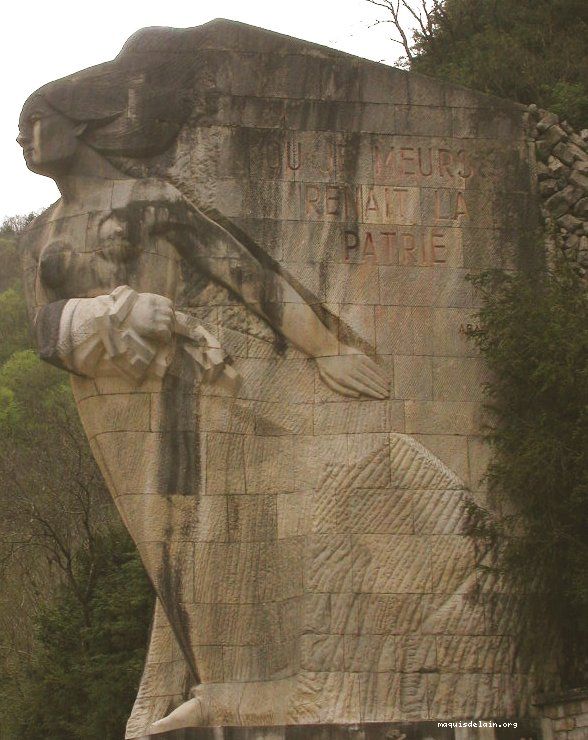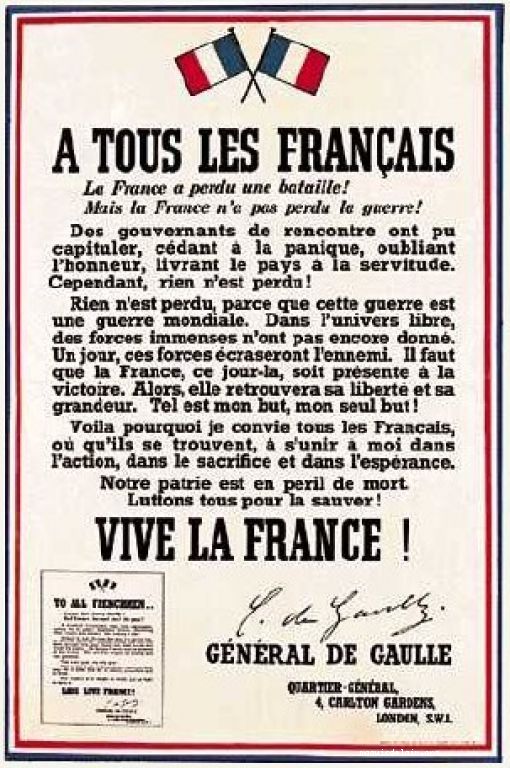Maquis de l'Ain et du Haut-Jura
The Maquis of the Ain and Haut-Jura
A reference for the many national representatives of the French Resistance or Maquis.
This website is meant to provide concise and first hand information related to the history of the Maquis of the Ain and Haut-Jura.
Referring to history and to the memory of Resistance, we trust it’s better to emphasize the aspects of armed fights rather than those of civic or political resistance even though there may be an obvious interaction between these two aspects of the opposition to the Vichy regime and to the German occupation. In terms of collective memory and popular depiction, the Ain is above all a theater for military operations and confrontations between the occupying forces and the armed groups of the Resistance.
An explanation must be given :

The department of the Ain is not industrial, it is mainly a rural and agricultural region. The civic resistance which recruited among workers and employees could not in this case benefit from a favourable base for its expansion.
In rural areas such as the Ain, the Resistance started to expand only when the first maquis camps were created. The medium-elevation mountains of the Ain contain areas favourable for sheltering fugitive rebels from forced labour duty (S.T.O), and are also suitable for guerrilla warfare. The plains of Bresse and the Dombes offer ideal conditions for successful night time operations by the airplanes of the RAF. Farmers of the Ain permitted the maquis people to survive and to act efficiently.
Proximity of the Ain to the Swiss border has to be mentioned because it explains the existence of escape routes, and intelligence networks whose agents travelled through the Ain. Geneva and Bern were rotating base of operations for Anglo-Saxon secret service agencies. At the same time, Lyon, capital of the Resistance in the south zone is close by. A number of clandestine organizations had their headquarters in Lyon.
Patrick VEYRET

